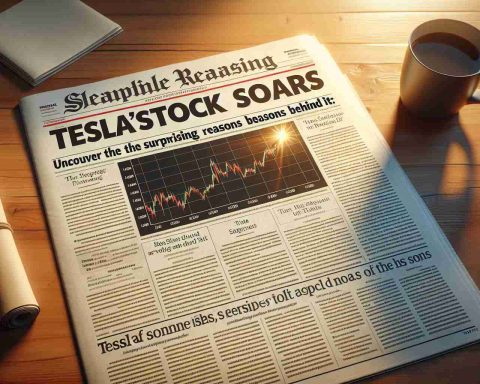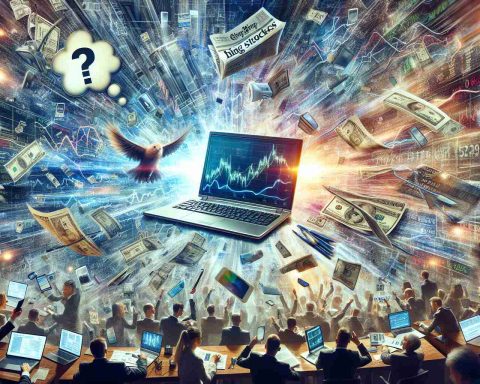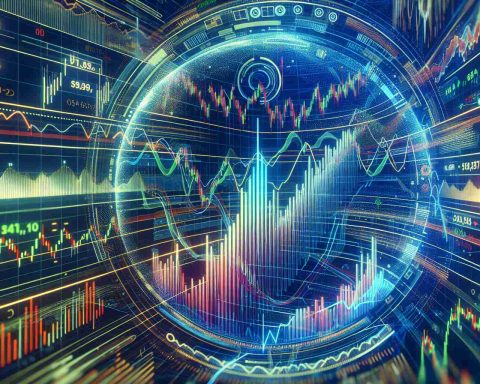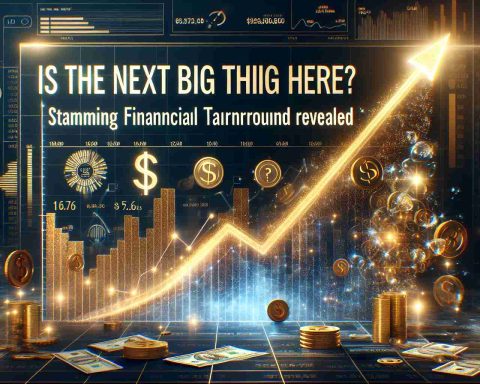In the rapidly evolving landscape of technology and gaming, an unexpected intersection is emerging: the integration of financial indices like the Dow Jones into virtual reality (VR) platforms. This pioneering development promises to revolutionize how gamers and investors alike perceive and interact with financial markets.
Immersive Financial Awareness
Imagine stepping into a virtual environment where the iconic ticker of the Dow Jones Industrial Average scrolls beneath your feet. For gamers passionate about real-time information and strategic decision-making, this could blend entertainment with financial literacy. VR platforms are beginning to explore how they might incorporate live data streams from financial markets. This fusion offers potential for gamers to develop an acute awareness of market trends in an engaging, immersive setting.
Educational and Training Opportunities
Beyond gaming, these VR integrations could serve as invaluable educational tools. By simulating market conditions, users can learn about investment strategies, market psychology, and economic principles in a risk-free, interactive environment. Innovative VR scenarios might allow users to test their investment skills against historical market events, fostering a new generation of financially savvy individuals.
The Future Possibilities
While still in its infancy, this convergence of VR and financial markets heralds a new horizon for both industries. As developers continue to push the boundaries of VR technology, the potential for integrating other indices and financial instruments grows ever more promising. As we move forward, this synergy could redefine our relationship with both gaming and finance, making market participation an engaging digital adventure.
Can VR and Financial Markets Transform Our Reality?
As virtual reality (VR) technology gallops towards new frontiers, its merger with financial markets presents a transformative opportunity. But what might this mean for our everyday lives?
The Ripple Effect on Consumer Behavior
With real-time financial data woven into VR, consumers can now monitor market activities as part of their daily routine. This heightened awareness may influence spending habits, with individuals more likely to reconsider impulsive purchases when faced with market fluctuations. Such transparency could eventually foster a culture of informed spending and investing. This phenomenon raises an essential question: Could VR become a regular fixture in households for financial education just as much as for entertainment?
Cultural and Economic Impacts
Communities around the globe could see social transformations as financial education becomes more accessible. The gap between financially-literate individuals and those less informed might narrow, leading to broader financial inclusion. Critics, however, caution that the complexity of financial markets might prove overwhelming for novice users, potentially leading to misinformation or misguided decisions.
Complexities and Challenges
While the integration of VR and finance harbors exciting potential, the technology also presents challenges. Developers must ensure that the systems providing financial data are reliable and secure to prevent misuse or exploitation. This intersection opens debates on whether VR’s portrayal of financial markets simplifies complex realities, possibly fostering overconfidence among users.
For more insights into VR advancements, explore this link.
As vivid visualizations of financial data beckon a reshaping of our interaction with markets, we ask: will the future find us adapting to this virtual dimension, or will we remain cautious observers?

















